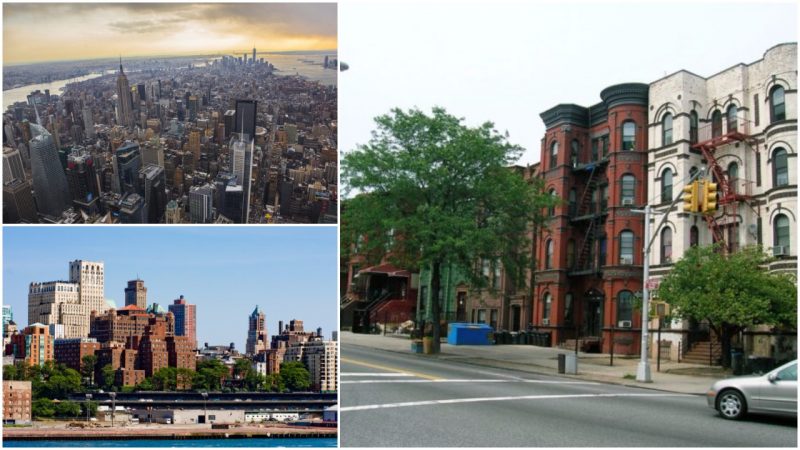Besides the New York City areas which were logically named after notable people, or landmarks, or according to their position concerning the Hudson or the ocean, some of them have more peculiar names.
Here is how and why some of the boroughs, neighborhoods, and districts got their names.
Manhattan
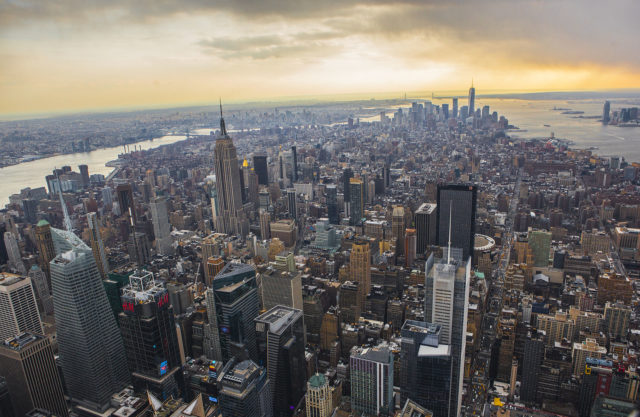
Everyone knows about Manhattan- often called the cultural and financial capital of the world. This thriving New York City borough has been around since 1625, and its most famous places are the United Nations Headquarters, Times Square, and the Central Park. The name ‘Manhattan’ derives from the Unami language word “Manna-hatta,” translated as “island of many hills.” The Unami language is the language spoken by the Lenape people, the natives of the new York area. The word has first appeared in the 1906 logbook of Robert Juet, one of the officers on Henry Hudson’s ship Half Moon. Since 1610, “Manna-hatta” or “Manhattan” began to appear on maps.
Brooklyn
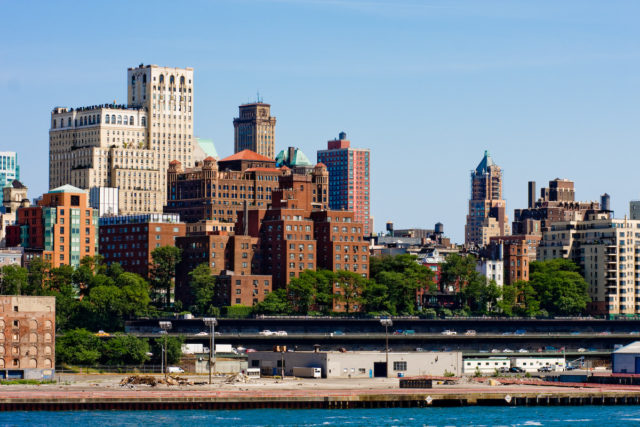
Being the most populated borough of New York City (with estimated 2,636,735 residents in 2015), Brooklyn today is transformed in one of the world’s capitals of the avant-garde, the postmodern art movement, and design. This place is a favorite destination for hipsters, too.
In the 17th century, a small Dutch town called Breuckelen was formed on the on the East River shore of Long Island. The modern spelling Brooklyn appeared in the 18th century when the town started to develop. Brooklyn was consolidated as part of New York City in 1898. The name of this diverse and full of history borough derives from an old Dutch word meaning “marshland.”
Bushwick
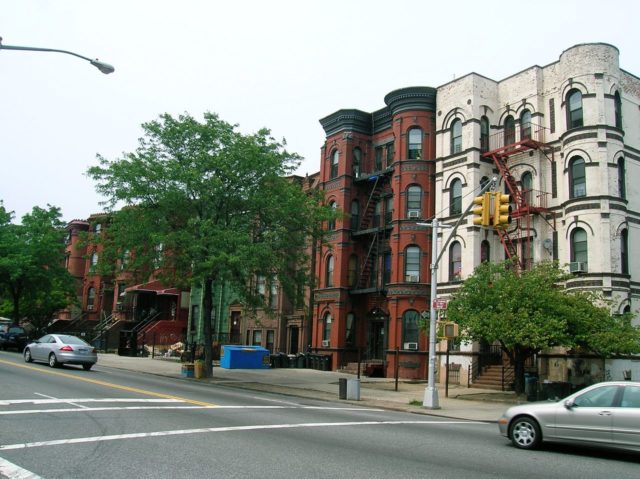
Modern day Bushwick is a working-class residential neighborhood in the borough of Brooklyn. The neighborhood began as a town after the Dutch East India Company bought the surrounding land from the local Lenape people. After the company got the deed for the land in 1638, Peter Stuyvesant, the Director-General of the Dutch colony of Nieuw Nederland (New Netherland), chartered the settlement under the name “Boswijck.” The translation of this Dutch word is “little town in the woods.” Stuyvesant was probably inspired by the landscape in the area, which was full of trees. The forest of Bushwick is gone today, replaced with streets and buildings decorated with graffiti.
Gramercy Park
Gramercy Park is the name of a small privately owned park in the borough of Manhattan. The neighborhood which surrounds the park carries the same name.
Gramercy Park (the neighborhood and the park), is historically famous because it became one of the earliest city planning attempts in the United States.
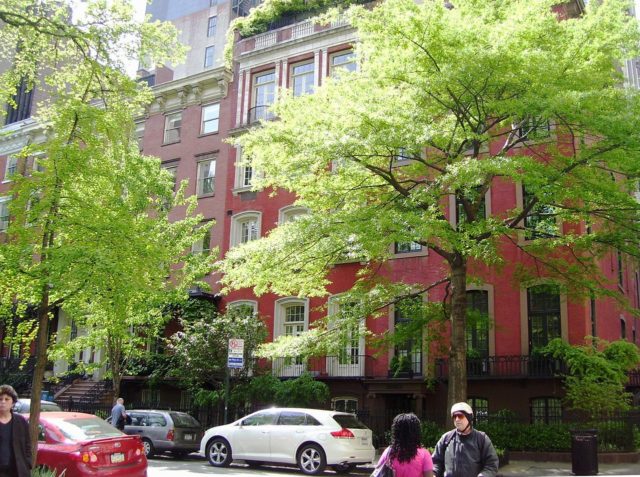
The area around Gramercy Park was named after the Dutch term “Krom Moerasje” which means “small crooked swamp.” The whole area of the park used to be a swamp with many crooked streams of water flowing around. The term was then anglicized into “Crommessie.” Later, when Mayor James Duane (the 44th mayor of New York City) bought the area, he renamed it “Gramercy Seat.” Gramercy is an old English word meaning “many thanks.”
Greenwich Village
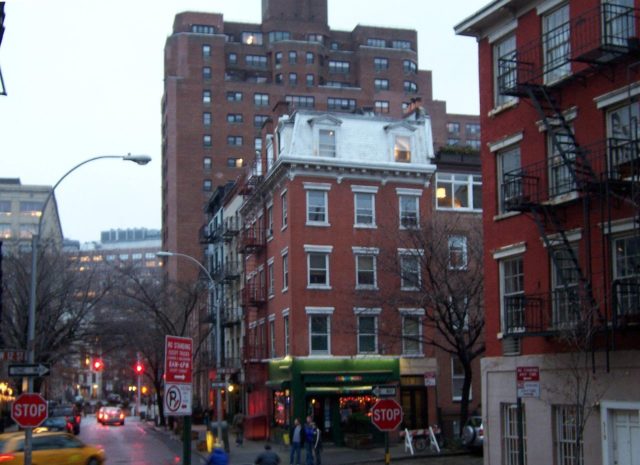
Often called simply “The Village,” Greenwich Village is a Lower Manhattan neighborhood known as the bohemian cradle of New York and the place where the East Coast Beat and 60’s counterculture movements were born.
The area used to be a Dutch village named “Groenwijck” meaning “Green District.” Later, in the 1700s, the name got anglicized into Greenwich.
Hell’s Kitchen
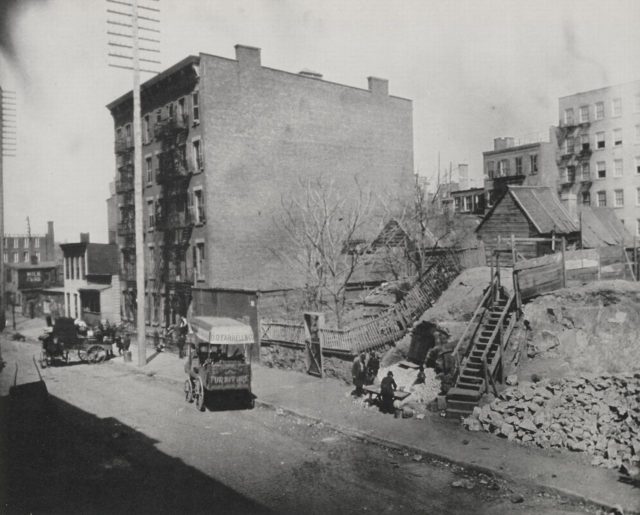
This Midtown Manhattan neighborhood used to be a residential area where predominantly poor Irish-American families lived. In the late 19th and early 20th century, Hells Kitchen was infamous for its crime rate. The neighborhood was full of gangs and riots which were happening regularly. Luckily, since the 1970’s, Hell’s Kitchen gradually changed its image, but the memory of its troublesome past has remained. There are many different opinions about the origin of the name of this area. The most common version of the story about the name is the one in which Dutch Fred the Cop, a veteran policeman, observed a small riot with his rookie partner. During the observation, the young cop allegedly said, “This place is hell itself!” To this remark Dutch Fred the Cop answered, “Hell is a mild climate.
This is hell’s kitchen.” Another story connects the name of the neighborhood with a gang that carried the same name. Herbert Asbury’s 1927 book Gangs of New York (which was later adapted into a movie by Martin Scorcese) is inspired by the activities of this notorious gang. This neighborhood was first mentioned in The New York Times on September 22nd, 1881. The reporter wrote about a tenement at 39th Street and Tenth Avenue and referred to it as “Hell’s Kitchen” describing its surroundings as “probably the lowest and filthiest in the city.” Besides the efforts of real estate agents to change the name of the neighborhood into “Clinton” or “Midtown West,” the name Hell’s Kitchen doesn’t fade.
Spuyten Duyvil
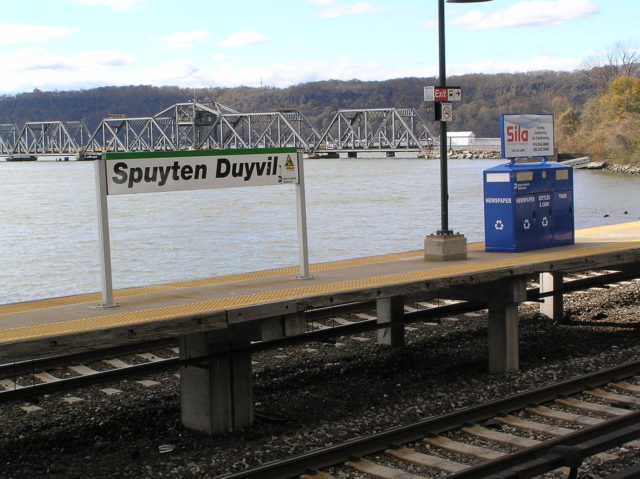
Spuyten Duyvil is a small neighborhood in the Bronx whose boundaries stretch from Riverdale on the North, to Kingsbridge on the East, and are limited by the Harlem River on the South and the Hudson River on the West. The neighborhood got its name from the Spuyten Duyvil Creek, a short tidal estuary connecting the Hudson River to the Harlem River Ship Canal. The name of the creek literary means “Spouting Devil.” It probably got this terrible name because of the extremely high tidal currents that occur at this point. The translation has several variations, and all of them are devilish: “Spewing Devil” or “Spinning Devil,” or more loosely as “Devil’s Whirlpool” or “Devil’s Spate.”
Garment District
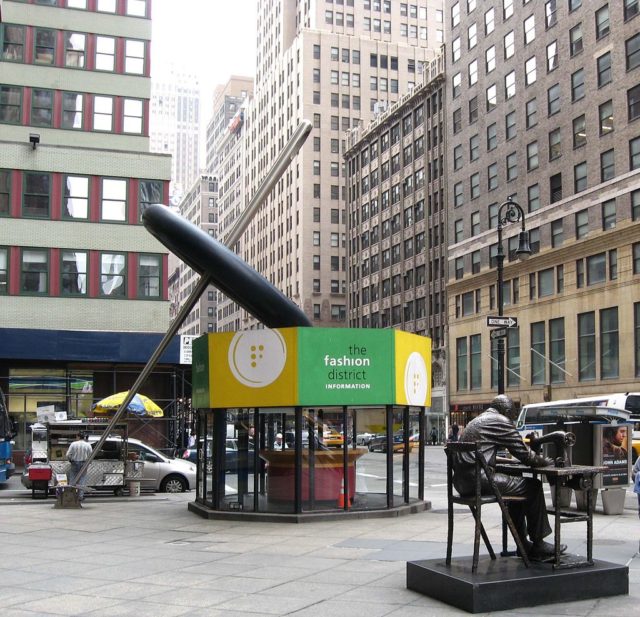
This small Manhattan district situated just below Times Square used to be the fashion center of New York City. Back in the early 20th century, more than half of New York City’s clothes factories were located here. That is how it got its name, Garment District. Even today, this district is the home of most of New York City’s showrooms and many major fashion labels. The neighborhood even has a giant needle and button sculpture located on 7th Avenue.
SoHo, NoHo, Tribeca, Nolita
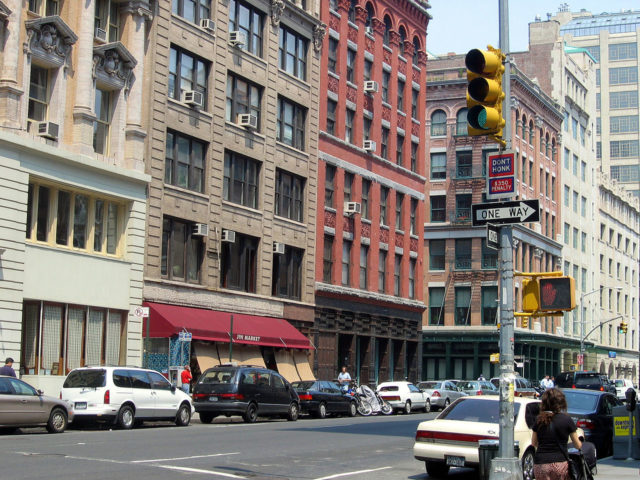
Many locations and districts in New York City (like in many larger cities) have names that are abbreviations of longer phrases that describe the actual locations.
For example, SoHo stands for “SOuth of HOuston Street”; NoHo stands for “NOrth of HOuston”; Tribeca stands for the “TRIangle BElow CAnal Street”; and Nolita stands for “NOrth of Little ITAly.”
